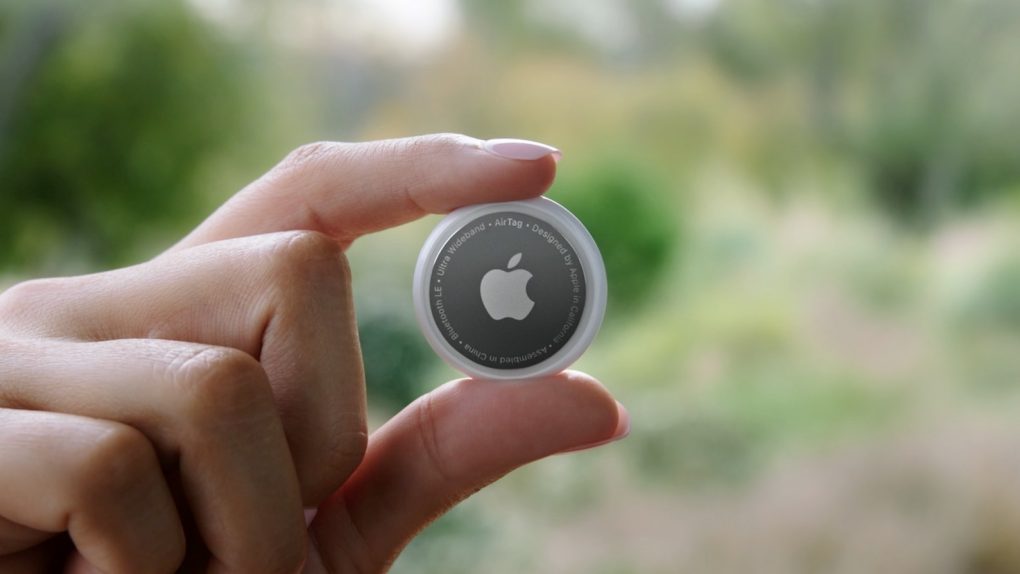When Apple announced the AirTag tracker at its Spring Loaded event on April 20th, the biggest concern from several groups was the ease with which the device could be used to stalk someone. Apple certainly isn’t the first company to sell a small, powerful tracking device, but it’s clearly the most prominent, and people who might never have heard of Tile or Chipolo are going to start seeing advertisements for the AirTag all over the place.
Apple has made a point of discussing the measures it has taken to ensure that AirTags won’t be used as a tool for abusive people to keep track of their partners. For example, if an AirTag that you do not own is on your person when you arrive at a frequently visited location, you’ll get an alert on your phone. AirTags also emit an alarm when they are away from their owner for three days, though Apple says it could shorten this time limit if necessary.
These may sound like adequate steps for Apple to take on paper, but The Washington Post’s Geoffrey Fowler wanted to see how easy it would be to track someone using an AirTag in reality. As he discovered over a week of testing the device, “Apple’s efforts to stop the misuse of its trackers just aren’t sufficient.”
As Fowler explains, he tested the privacy and security measures of the AirTag by having his colleague Jonathan Baran pair his phone with one of Apple’s new trackers and then pop it into Fowler’s backpack. Fowler then spent the next week traveling around the San Francisco Bay Area while Baran tracked him (with Fowler’s permission) using the Find My app on his iPhone. Baran was able to “find [Fowler’s] whereabouts with remarkable precision” using the app, and as Fowler was riding his bike, the app updated his location every few minutes.
As for the three-day alert, Fowler said that it was effective in his case and that he heard the alarm multiple times after he was out of range of his colleague. The problem is that the alert resets when an AirTag is within range of the iPhone it has been paired with, which means that someone living with an abusive partner might never receive the alert if they return home before the countdown ends. Plus, there is a setting in the Find My app that allows users to disable “Item Safety Alerts” altogether, and you don’t have to enter a PIN or a password to change this setting. If an abuser has access to a victim’s phone, they can turn this feature off with the victim being none the wiser.
Couple all of Fowler’s findings with the fact that it is possible to remove the speaker from an AirTag (h/t 9to5Mac), and it’s easy to see why people are concerned about the new accessory. There are a few simple steps that Apple can take to make the AirTag more “stalker-proof,” but the current measures just aren’t enough.








